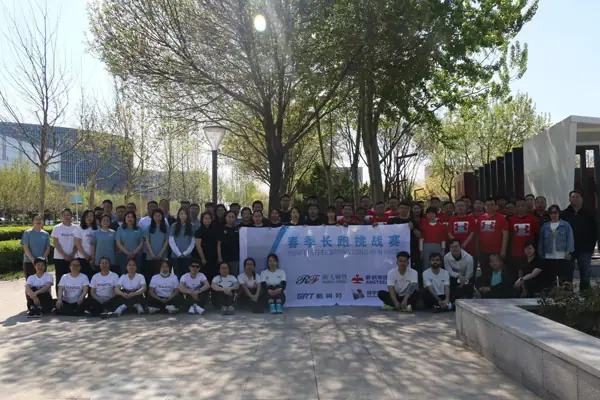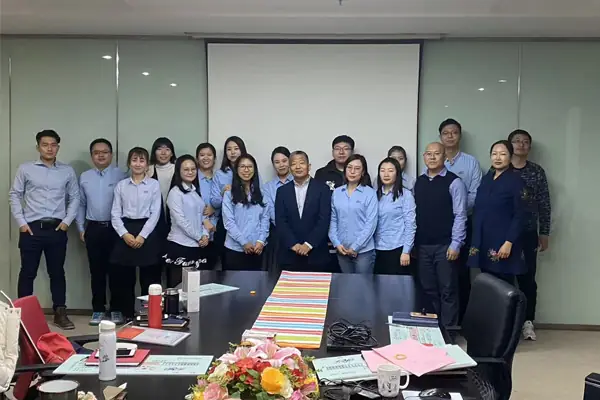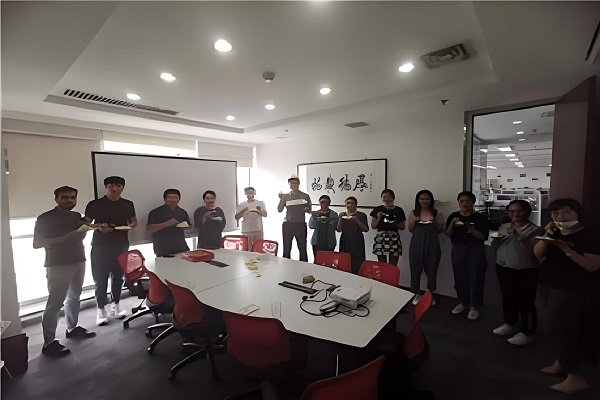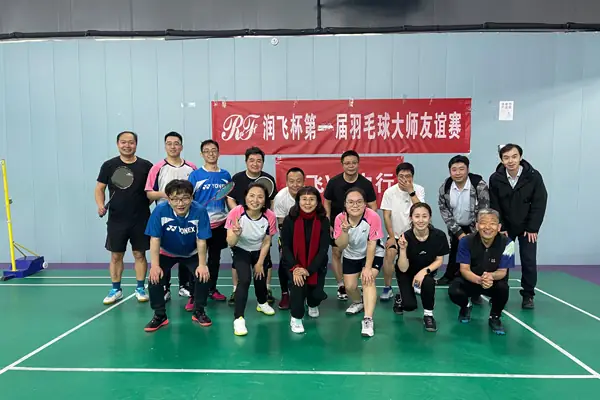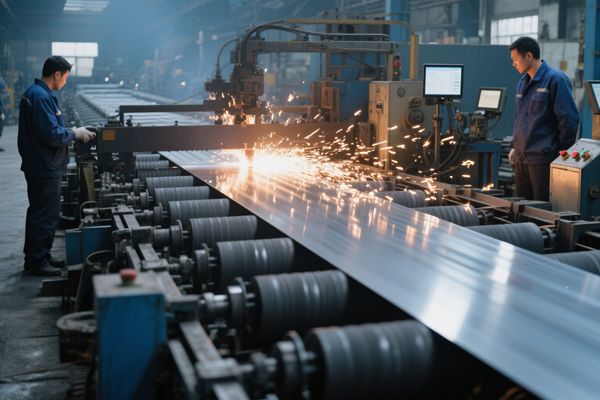Inspection of HR, CR, GI, and PPGI Steel
Why Inspection Matters
Imagine building a car with panels that are the wrong size, rust prematurely, or have paint that chip easily. These failures often stem from undetected flaws in the raw steel material. Inspection acts as a final quality checkpoint, verifying that the steel coils or sheets possess the necessary physical characteristics, surface integrity, protective coatings, and mechanical strength for their intended application. Skipping thorough inspection risks product failure, safety hazards, costly rework, and damage to a manufacturer’s reputation.
Common Inspection Themes: Foundations for All Types
Regardless of the specific type, inspectors focus on two fundamental areas for all steel products:
1. Dimensions and Shape: Steel must physically fit the machinery and processes used to turn it into final products and meet the exact size specifications of the end-user. Inspectors meticulously measure:
· Thickness: Using precise tools like micrometers or laser gauges.
· Width and Length: Ensuring consistency across the coil or sheet.
· Flatness: Checking that the steel lies straight without unwanted bends or waves.
· Shape: Looking for defects like side bends (camber) or curvature from being coiled (coil set). Incorrect dimensions can jam production lines or result in unusable parts.
2. Surface Quality: The surface condition directly impacts performance, appearance, and longevity. Inspectors visually examine the steel under good lighting, looking for:
· Scratches, pits, dents, or roll marks (imprints from manufacturing rollers).
· Rust spots, oil stains, or dirt contamination.
· Scale (a flaky oxide layer common on HR steel). Surface defects can weaken the steel, act as starting points for corrosion, look unsightly, or interfere with further processing like painting.
Specific Inspection Focus by Steel Type
Beyond these common checks, each steel type has unique characteristics that demand specific inspection criteria:
Hot Rolled Steel (HR): Known for its strength and rougher surface, often used in structural applications.
· Scale Inspection: Checking for heavy or loose mill scale that must be removed (e.g., via pickling or blasting) before further use.
· Edge Condition: Looking for cracks or excessive rough edges (burrs) caused by the hot rolling process.
· Mechanical Properties: Testing samples cut from the coil/sheet for strength (Tensile Strength, Yield Strength) and ductility (Elongation %) to ensure it meets structural requirements.
· Galvanized Steel (GI): Steel coated with a layer of zinc for corrosion protection, used for roofing, ductwork, and many outdoor applications.
1. Coating Weight/Thickness (Critical): Measuring the amount of zinc per unit area (e.g., grams per square meter). This is the primary factor determining how long the steel will resist rust. Magnetic gauges are commonly used.
2. Coating Uniformity: Ensuring the zinc layer is consistent across the entire surface and edges, with no bare spots or thin patches.
3. Coating Adhesion: Testing that the zinc sticks firmly to the steel base. This might involve bending samples and checking for flaking or peeling.
4. Coating Appearance: Checking for a uniform spangle (the crystalline pattern of the zinc), absence of lumps, drips, black spots, or bare areas.
5. Passivation/Chromating: Confirming if a thin chemical layer has been applied over the zinc to prevent “white rust” (wet storage stain) during transit and storage. This is often checked via specification or simple water tests.
· Pre-Painted Galvanized Steel (PPGI): GI steel that has been coated with paint for both corrosion protection and aesthetics, used for roofing, cladding, and appliances.
1. Foundation GI Checks: Crucially, all GI inspections (coating weight, uniformity, adhesion, appearance) must be passed first. Poor GI underneath compromises the entire product.
2. Paint Film Thickness: Measuring the combined thickness of the primer and topcoat layers, vital for durability and color consistency.
3. Paint Adhesion (Critical): Rigorously testing how well the paint sticks to the zinc. Common methods include the cross-hatch test (scoring a grid and applying tape to see if paint lifts) and bend tests.
4. Color & Gloss: Matching the color precisely against customer-approved swatches and measuring the shininess (gloss level) with a gloss meter.
5. Surface Appearance: Inspecting meticulously for paint defects like runs, sags, bubbles, craters, dirt particles, scratches, or uneven color.
· Performance Testing: Often conducted on samples:
1. Flexibility/Bendability: Can the paint withstand bending without cracking?
2. Impact Resistance: Can it resist chipping or cracking if hit?
3. Corrosion Resistance: Salt Spray Testing (e.g., ASTM B117) simulates years of exposure, checking how long the paint protects the underlying zinc and steel.
4. Weathering Resistance: Assessing resistance to fading, gloss loss, or chalking caused by sunlight (UV) and moisture.
Conclusion
The inspection of HR, CR, GI, and PPGI steel is a complex but essential process. While all types require verification of dimensions, shape, and basic surface quality, each demands specific, targeted checks tailored to its unique properties and purpose. For HR and CR, mechanical strength and surface characteristics are paramount. GI inspection revolves entirely around the integrity and quality of the zinc coating. PPGI builds upon GI quality but adds rigorous checks on the paint system’s thickness, adhesion, appearance, and long-term performance. By meticulously examining these critical aspects, inspectors ensure that the steel delivered meets the highest standards, guaranteeing the performance, durability, safety, and aesthetics of the countless products built from it. Thorough inspection is not just a step in the process; it’s the foundation of quality and reliability in the steel supply chain.
